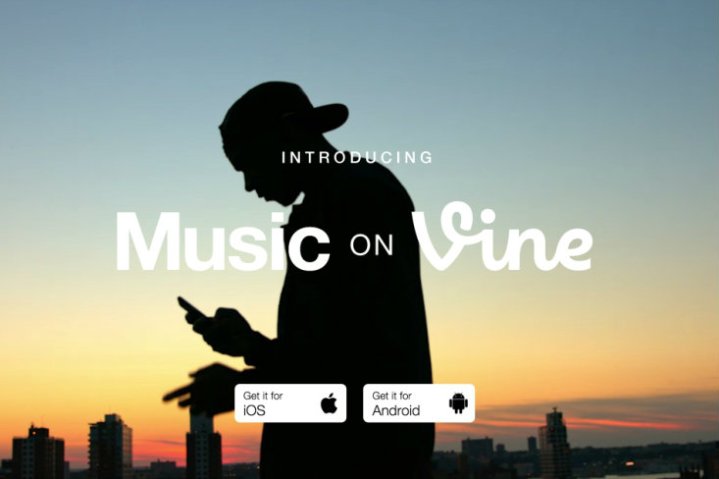
Vine, the Twitter-owned six-second looping video app, is now giving users the ability to add music directly from their phones to vines. The new feature is part of Vine’s music initiative, which also includes a ‘Snap to Beat’ option that synchs clips to music, and ‘Discover,’ an editorial-created music library that users can select music from.
The new Vine release is its first to cater directly to its music creators. The platform has helped launch artists like rapper Bobby Shmurda and pop singer Shawn Mendes to success. Previously, Vine creators were forced to record music on their videos from another source.
To add music to a Vine, users can tap the music note in the corner of the video and then choose to add a song from the app’s music library or upload a six second music clip themselves. “Now that people have the ability to add music to their Vines, we want to make sure that they have access to music they can use,” said a Vine spokesperson to Fast Company. “Our editorial team selects songs they think our community will enjoy, and then we work with labels, publishers, and artist management to license songs and bring them to Vine as featured tracks.”
The ‘Snap to Beat’ feature will give all Vine creators the ability to create “seamless loops,” according to a company blog post. “Once you’ve chosen a song by tapping the music note from the Details screen, Snap to Beat identifies how much of the song to use to make a seamless loop and then trims your video to fit that clip. With seamless audio looping in our mobile apps, you can make Vines that sound awesome and feel like magic — something that’s only possible with Vine.”
Users who view Vines with songs — and the company says there are about 200 million monthly viewers — can also tap the music note in the video to see the song’s name and artist.
These features are available to the public on iOS as of today.
Editors' Recommendations
- This Galaxy S23 Ultra case gives Samsung users a huge iPhone 14 feature
- Elon Musk considers bringing Vine back from the dead


